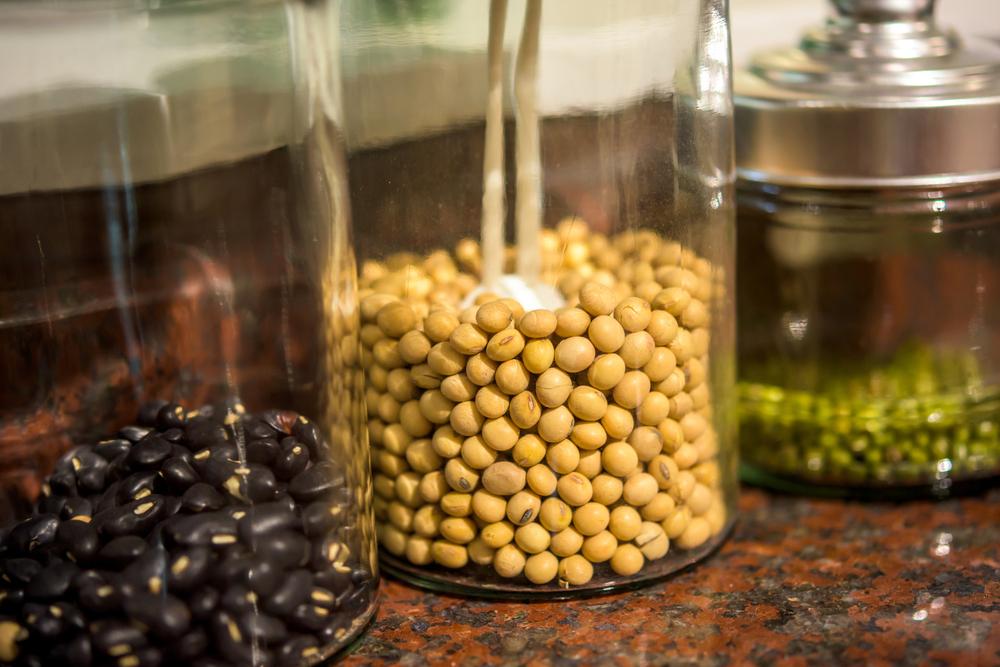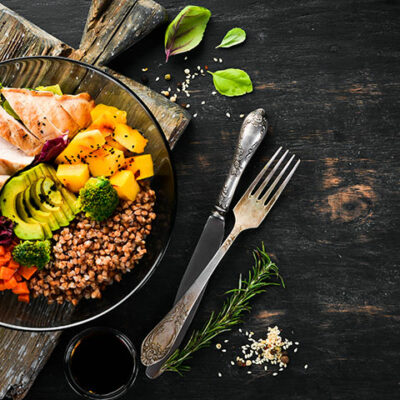
Migraine Friendly Foods
The only similarity between a headache vs. a migraine are that both cause pain, but the differences abound. Migraines have been described as a pain like nothing they have experienced. Symptoms typically begin one or two days before and they can include fatigue, food cravings, yawning, hyperactivity, and neck stiffness. The attack phase of a migraine is when the pain actually begins and can last anywhere from hours to days. Migraine pain is described as pulsating, pounding, throbbing, and most of all debilitating.
There is no cure for migraines currently and physicians recommend avoiding food triggers by following a migraine diet. This type of diet includes anti-inflammatory and natural pain relieving foods:
1. Whole grains
Research has shown that blood sugar spikes caused by simple carbohydrates can trigger a migraine. Consuming simple carbs causes blood sugar to rise and then the body produces extra insulin to break the sugar down causing the blood sugar levels to drop significantly. The spike and plummet can lead to a migraine and the easiest way to avoid this is to eat whole grains. Try eating brown rice, oatmeal, and whole wheat pastas, while avoiding white rice, white bread, and white pasta noodles.
2. Healthy fats
Healthy fats are needed for optimal brain function and even migraine prevention. Omega-3 fatty acids can be found in fatty fish, like salmon, and monounsaturated fats can be found in olive oil. These anti-inflammatory foods have been found to reduce the frequency, severity, and duration of migraines. Try consuming salmon, mackerel, olive oil, and canola oil. Avoid eating pickled herring and bottled salad dressings.
3. Vegetables, legumes, and fruits
Every healthy and nutritious diet includes plenty of fresh fruits, vegetables, and legumes. Nutritionists recommend filling half your plate with fruits and vegetables and the colors should vary. A powerful mineral incorporate into your diet is magnesium, which can be found in spinach, sweet potatoes, swiss chard, and summer squash. Avoid eating snow peas, fava beans, sauerkraut, and olives.
4. Lean protein
There are people who get migraines minutes or hours after eating processed meat products, so much so that it’s referred to as a “hot dog headache”. Doctors believe that this comes from the nitrates, a group of preservatives that are used to preserve the color and contribute to flavors. To avoid a hot dog headache, try eating lean proteins, like freshly purchased and prepared chicken, salmon, mackerel, and eggs. Avoid eating hot dogs, bacon, sausage, and processed deli meats.
The best defense against a migraine is a good offence, which includes a healthy and nutritious diet full of natural pain relievers and anti-inflammatory foods. Consuming several small meals throughout the day can help maintain steady blood glucose levels and prevent hunger, which can be a trigger for migraines. Keep a migraine journal to track your personal headache triggers and learn which foods to avoid. Most importantly, try to maintain a healthy lifestyle that gives you plenty of rest, a balanced diet, and avoid stress. Also, certain alternative treatments (i.e., acupuncture) have proven successful. Many migraine patients turn to botox injections in order to treat chronic migraine pain. In fact, over half of patients who have tried botox report a 70% reduction in overall migraine pain and frequency.


